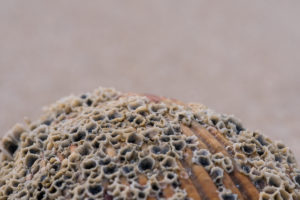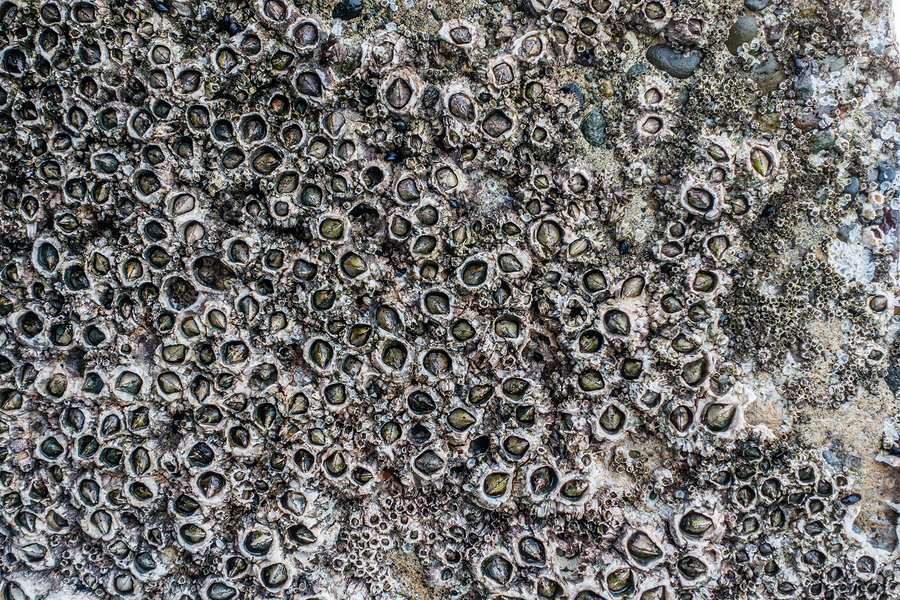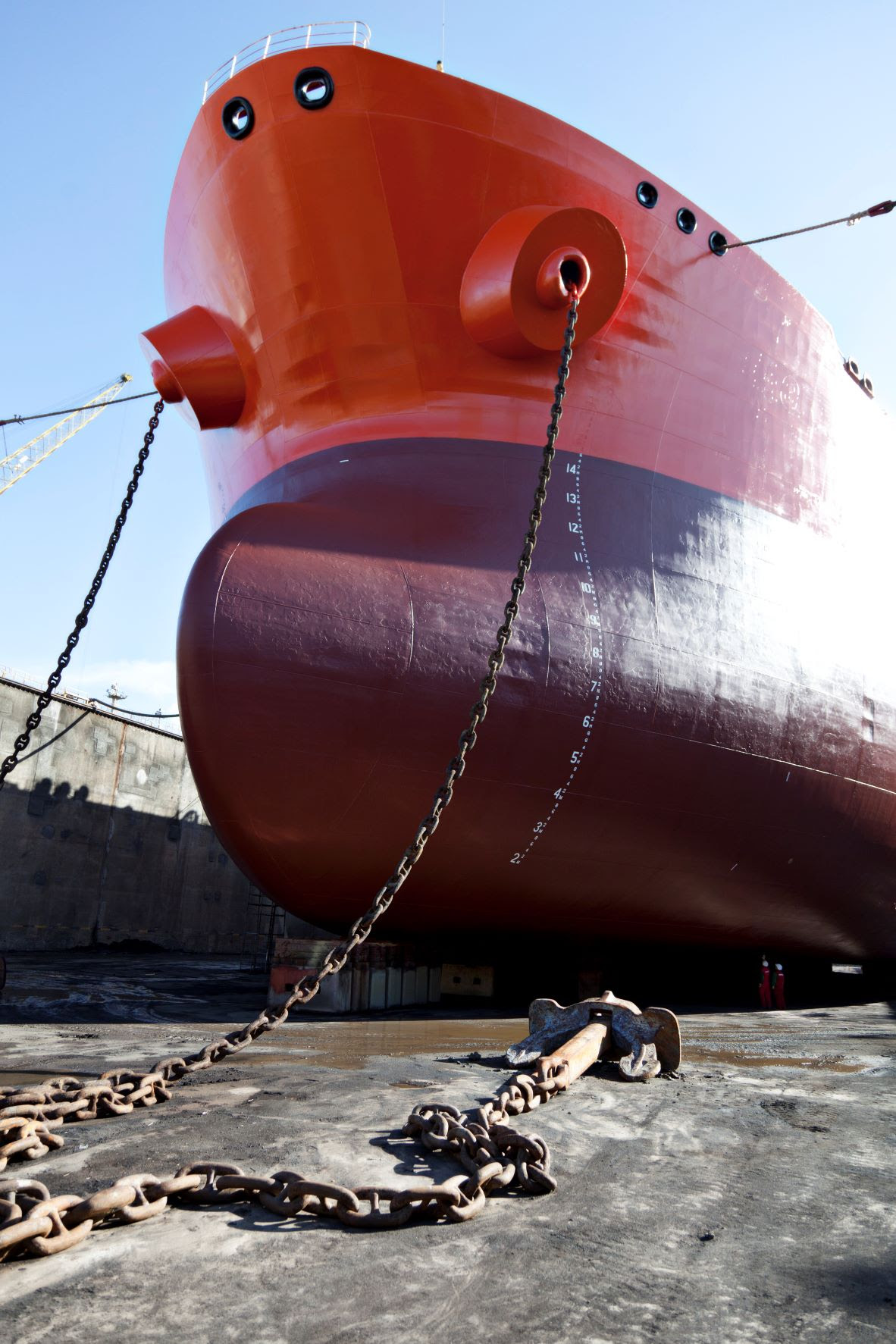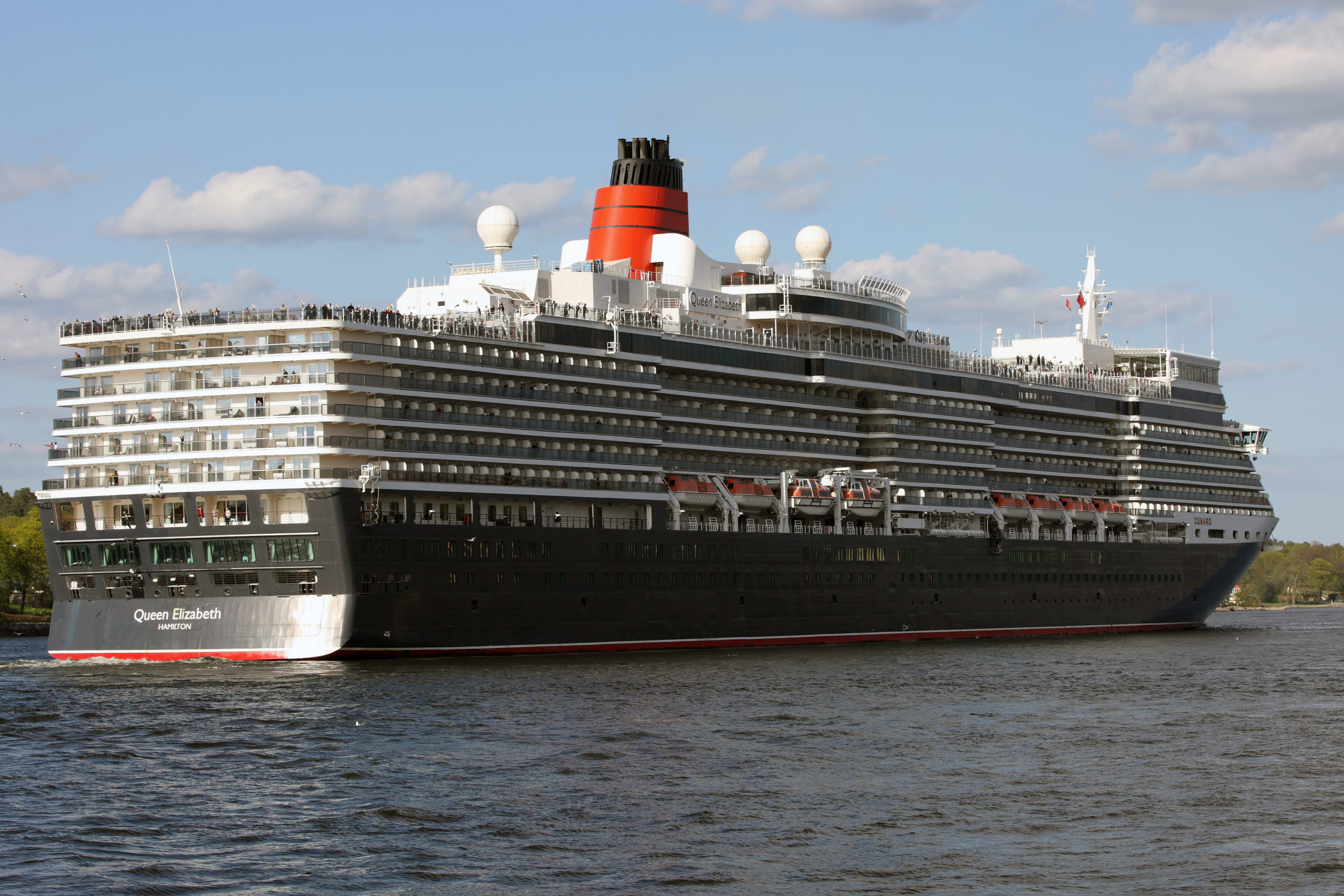Original 2011 biofouling guidelines were ineffective. The 2023 version should not be
New ship hull biofouling guidance has been agreed by international regulators, a step which some hope will lead to mandatory rules in the future to help stop the risk of marine species being transferred across marine ecosystems.
A ship’s hull condition is an important factor in the battle against invasive species, where the environmental and economic risks of bio-invasions have already been felt in many waters around the world. There has been work in the past, with biofouling guidelines already written and agreed in 2011.
They were largely ignored and came at a time when the shipping industry was battling over the invasive risks of ballast water and the difficulty in bring that regulation into force.
These 2011 guidelines have now been updated, but are still guidelines.
One development is a biofouling rating number to help a hulls condition to be quickly assessed and responded to.
Experts hope that wider application of the guidance which includes suggestions on hull inspection intervals, every year to 18 months, hull coating condition and how coatings can be impacted by certain cleaning technologies, will create more emphasis on port authorities to build standard approaches to biofouling management, so ship owners know whether certain biofouling cleaning strategies can be deployed or not.
Ships will now be expected to keep a biofouling management plan and inspection record book up to date. The guidelines will be put to the next MEPC (MEPC 80 in July) for approval, though the guidelines on hull water cleaning will be separate and not likely finished until 2025.
While the guidelines could help industry work from a more level playing field and encourage ports and harbours to have a common approach to hull management, the IMO is working with developing countries and industry players through the Glofouling Partnerships.
The aim is to build up knowledge amongst regulators and officials, to build up a common background of knowledge about hull cleaning technologies as well as how other technologies and systems can also work to not only reduce the risk of invasive species, but keep hulls clean so that vessels can sail efficiently without excess fuel use and greenhouse gas emissions.
Other biofouling news and analysis


Aronnax: Dirty bottoms and more
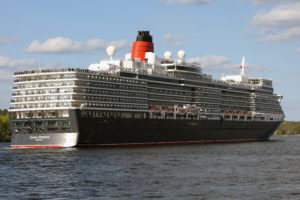
The curse of dirty bottoms
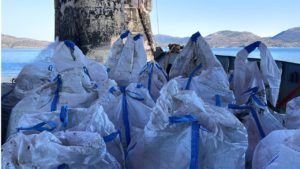

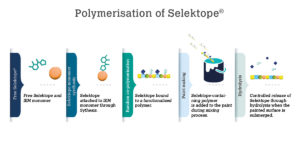

Biofouling management, fuel efficiency and GHG emissions

Biofouling and the huge impact on a ship CII rating
